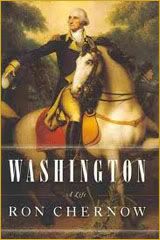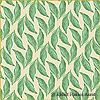Spirits in the shadows and lights
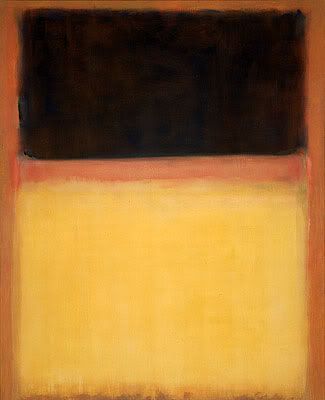 |
and yellow in Rose), 1954
I posted earlier how experimental filmmaker Bruce Elder has carefully constructed a passage for his audience to travel through “to the other side.” He has chosen strange and unusual images, juxtaposed them in incoherent (he calls it random) sequences with the help of his software, and edited them together in a relentlessly fast-paced pulse to help him achieve this. I wrote:
[E]xperimental films are always disturbing. They don’t attempt to guide the person through a path of coherence, but through a path of incoherence.I concluded that such artists are discontent with the world around them, and unable to represent it authentically. They also strain for the transcendent, not to reach God, but a god of their own making. Through their creative acts, they themselves also become gods, guiding and pulling their audience through to their netherworld.
Experimental filmmakers are an obscure group and few see their films, mostly a clique of other filmmakers. But, other artists aim for the same goals, and have much larger audiences, and are much more famous. One such is Mark Rothko.
The first time I saw a Rothko, I was mesmerized and at the same time detachedly intrigued at how an artist could have me stand in front of his "monochromatic" canvas for twenty minutes. I was not fooled. I realized something big and strange was in front of me.
Rothko’s paintings are as painstakingly constructed as Elder’s films. What looks like a plain canvas is actually a subtle play of shadow and light behind the color, almost as though there were invisible shapes hiding underneath the bright monochrome.
There is also a luminescence to Rothko’s paintings. It's within the canvas, and also at the edges of the large rectangular shapes, with this light (these spirits?) leaking out of the canvas across to us.
Finally, Rothko achieves his "path of incoherence" through his huge paintings, strangely so because there appears to be nothing in them. But, as I said, on closer investigation, there is a heaving of matter going on; invisible shapes with their own light and shadow.
Like Elder, Rothko has created his own closed world, separate and different from the one we live in. Elder uses fast editing, random juxtaposition of images, and strange and unusual (often manipulated) images to achieve his effect. Rothko paints huge, seemingly empty pieces, into which we are invited (enticed). And he uses painterly techniques of subtle shadows and highlights to suggest an invisibly seething life in this vast emptiness. He also gives a luminescence to his paintings like some kind of exalted space – Elder also makes use of light in such a manner, although film has the element of light already built into it.
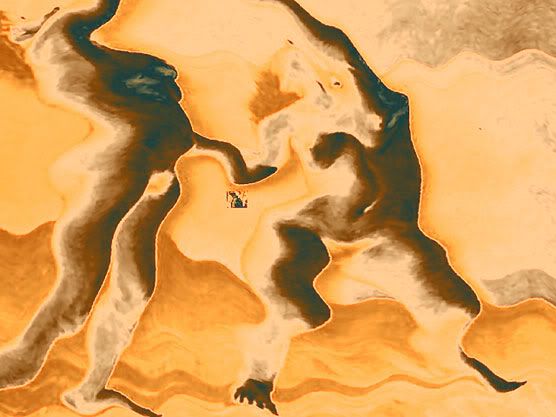 |
Colour film, 16 mm, 125 min. 2007.
Artists in the modern age are at a loss on how to include the transcendent into their works. The only solution they seem to find is to create their own transcendence, making their own god (or devil) as they continue to create.
Rothko finally committed suicide. When I read of his method, I had the same intrigued, yet strangely detached and unimpressed, response. He cut his wrist in his white handbasin. I can only imagine the bright red against the stark white. Surely that was the effect he wanted.
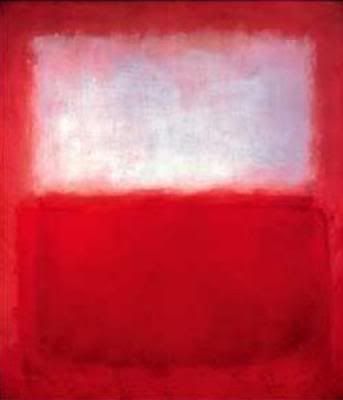 |


